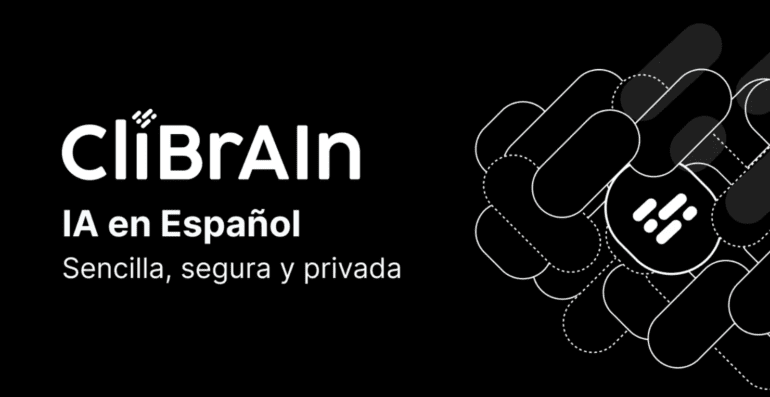TL;DR:
- Clibrain introduces LINCE, its first Language Model (LLM) fully optimized and trained in Spanish, setting a new milestone in artificial intelligence.
- The development of LINCE involves innovative training processes, corpus building, and advanced techniques for superior performance.
- Spanish language variations have been underserved in AI, and LINCE aims to bridge this gap by providing specialized language support.
- LINCE’s open-source version, “LINCE ZERO,” with over 7 billion parameters, allows developers to create applications for non-commercial use.
- The final version, “LINCE,” promises to revolutionize Spanish AI, impacting various domains, including legal, financial, medical, and linguistic analysis.
Main AI News:
In a remarkable feat of artificial intelligence, Clibrain proudly introduces its first Language Model (LLM) fully optimized and trained in Spanish: LINCE. This groundbreaking achievement marks the beginning of an extraordinary journey, propelling Clibrain to the forefront of AI evolution and ushering in a future where human-machine communication reaches unprecedented heights.
LINCE’s development represents a remarkable innovation in training processes, corpus building, and cutting-edge techniques that have enabled superior performance. Employing the latest efficient fine-tuning methodologies on LLMs, Clibrain has utilized an entirely new and previously non-existent dataset to create this remarkable model, adopting an instruction-focused approach.
The necessity for a language model exclusively trained in Spanish stems from the diversity of the globalized world we inhabit. With more than 21 variations of Spanish, specialized language models have been scarce. While existing models often cater to Spanish from Spain and “Latin” variations, they lack the depth needed to encompass the language’s full richness. Furthermore, relying on translations from English to other languages for responses and instructions diminishes the quality and nuances, putting Spanish speakers at a disadvantage from the outset.
Elena González-Blanco, the visionary CEO of Clibrain, emphasizes the criticality of the cultural context in generative AI, especially when dealing with diverse language varieties and dialects.
This challenge becomes particularly evident in domains requiring technical and specialized language, such as legal, financial, or medical fields. Even interpreting proverbs, idiomatic phrases and analyzing archaic Spanish text presents significant obstacles.
Embracing a philosophy of openness, Clibrain offers two versions of the language model. The first, “LINCE ZERO,” has already been released under an open-source license, boasting an impressive 7 billion parameters. Developers and enthusiasts can harness this version to build their applications or explore its potential for non-commercial purposes. The eagerly awaited final version, “LINCE,” will be unveiled in the coming weeks, promising to revolutionize Spanish AI.
Conclusion:
Clibrain’s LINCE represents a significant advancement in Spanish AI and language support. With its innovative approach and open-source availability, LINCE is poised to empower developers and enhance AI applications in various specialized fields. This move by Clibrain also signals the company’s commitment to fostering an inclusive and diverse AI ecosystem for the global Spanish-speaking community. The market can expect an influx of AI-powered solutions tailored to specific Spanish language variations, enabling more accurate and nuanced interactions between humans and machines in various domains. Businesses should keep a close eye on LINCE’s impact as it unfolds and explore opportunities to leverage this groundbreaking language model for their own applications and services.

